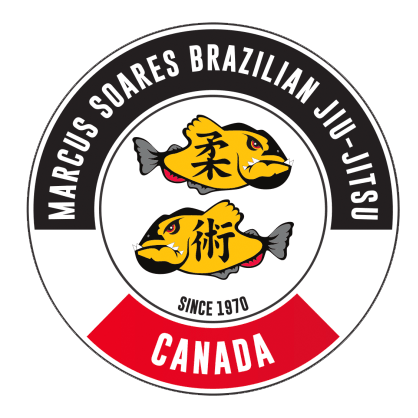Although BJJ is a martial art that incorporates several other practices into its system, it can be overwhelming to master. From defensive and offensive throws to groundwork, which is a series of grappling maneuvers used to keep an opponent off his or her feet and ultimately submit them, it’s a lot to learn. That’s not to mention ground striking, but at least throws, grappling, submissions, and ground striking are all rolled into one deadly package.
However, just as in any other sport, there are certain fundamentals that must be learned from the beginning in order to succeed. A practitioner doesn’t have to be an MMA-level fighter to grasp these techniques. These BJJ tips will help you master the basics in no time!
Brazilian Jiu-Jitsu Basics To Learn
1. The Importance of Leg Locks
Mastering leg locks is every BJJ fighter’s goal, as it’s one of the sport’s signature moves. It is usually the beginning of the end for any opponent, as the technique involves joint locks to get the opponent on the ground, followed by a submission on the ground.
To pull off this move, the fighter needs to have a good guard, which is the basic BJJ position wherein the fighter holds his opponent’s body down on the mat. It’s important that the fighter be able to get out of the guard anytime he needs to, as vernacularly, the guard is where the fight happens.
2. The Importance of Holds
Every skill in BJJ has a counter, and holds are one of them. This is because holds are designed to free an opponent who’s trapped in an attack. Moves like the mounted position and guard pass counter an opponent’s hold by climbing on top of him to hold him down.
A skilled BJJ fighter knows that a good hold is the first thing to learn, as the guard is what makes or breaks the fighter.
3. A Great Positioning Strategy
The BJJ stand-up skills are much like a chess game, as both opponents try to outsmart each other by creating a good position for the next attack. Although this is the most advanced and technical part of the sport, there are five positions that every beginner needs to master.
Full mount – where the fighter has his opponent’s chest on the mat and his legs wrapped around his opponent’s back.
Full guard – where the fighter’s chest is on the mat and his legs are wrapped around his opponent.
Half guard – where the fighter has his opponent’s head resting on his chest and his legs wrapped around his opponent’s midsection.
Closed guard – where the fighter has his opponent’s head resting on his chest and his legs are wrapped around his opponent’s body.
Open guard – where the fighter has his opponent’s legs wrapped around his midsection and his chest is on the mat.
4. The Importance of the Half Guard
Because the guard and the half guard are BJJ fundamentals, most beginners tend to practice these two positions and forget about the other ones in the beginning stages. However, the half guard is a crucial position in the sport, as it enables the fighter to get back on the attack quickly. In this position, the fighter will try to move his opponent’s body to a different position and then hold it in place until he can get the upper hand.
We’re a Brazilian jiu-jitsu training academy with 3 locations, you can find us in Vancouver, Langley & Maple Ridge. Get in touch with us today to book your first session!

